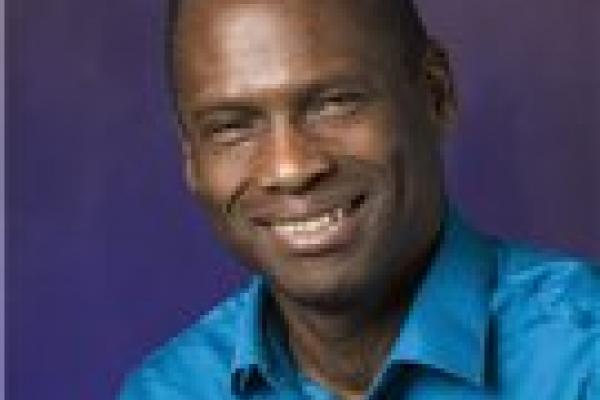
High-temperature superconductivity in the cuprates remains an unsolved problem because the cuprates start off their lives as Mott insulators in which no organizing principle such a Fermi surface can be invoked to treat the electron interactions. Consequently, it would be advantageous to solve even a toy model that exhibits both Mottness and superconductivity. Part of the problem is that the basic model for a Mott insulator, namely the Hubbard model is unsolvable in any dimension we really care about. To address this problem, I will start by focusing on the overlooked Z_2 emergent symmetry of a Fermi surface first noted by Anderson and Haldane. Noting that Mott insulators break this emergent symmetry, I show that the simplest model that suffices to describe Mottness is the Hatsugai-Kohmoto model. This model will then be solved exactly to reveal how superconductivity emerges in a doped Mott insulator, thereby forming a new paradigm for superconductivity in the copper-oxide superconductors.
[1] PWP, L. Yeo, E. Huang, Nature Physics, 16, 1175-1180 (2020).
Link to talk: https://osu.app.box.com/file/802312755954?s=19c2upfsznooxm0jrlum1j11un00olfw
(Will need to copy link and paste to browser)
